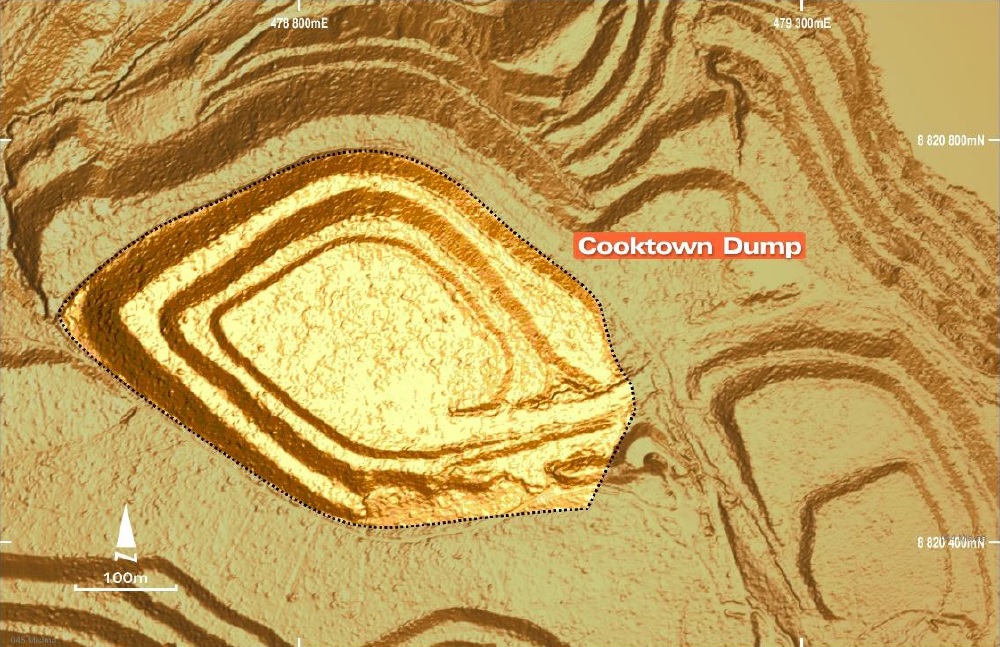A recent LiDAR survey has confirmed the location of a large stockpile of mineralised material at Kingston Resources’ Misima gold project in Papua New Guinea.
The light detection and ranging (LiDAR) survey provided a highly accurate and detailed model of the surface terrain, which has assisted in identifying historical mining topography, current and historic artisanal mining, as well as identifying potential geological features and determining water drainage patterns, Kingston said.
This near-surface stockpile is not accounted for in the current 2.8 Moz indicated and inferred gold resource at Misima, according to the company.
“This information will assist and enhance the broader drilling and exploration programme,” Kingston said. “A stockpile of mineralised material left in place by former owner Placer Dome (since acquired by Barrick Gold) has been confirmed at the Cooktown Dump, a large area adjacent to the Tonowak Pit reported to contain 3.6 Mt of low-grade material averaging 0.5 g/t to 0.7 g/t Au.”
This dump, which was capped with topsoil and rehabilitated during the closure process, remains intact, with its current position matched against mine survey files created during mine closure, according to Kingston.
“While the grade of the Cooktown Dump is modest, it is important to note that it represents loose rock, at surface and close to the likely location of a future processing plant,” Kingston said. “All of these factors reduce mining and processing costs.”
By calculating the volume of the Cooktown Dump LiDAR model and cross-referencing this against Placer’s Mine Closure Plan and survey files from 2000 to 2004, the company has set an exploration target for the dump of 3.6 Mt at 0.5 g/t to 0.7 g/t Au for 58,000-81,000 oz of gold.
The company’s exploration strategy is now firmly focused on discovering and defining near-surface satellite mineralisation at prospects including Ginamwamwa, Quartz Mountain, and Ara Creek.
“Adding near-surface resources is likely to enhance the economic potential of any possible future mining operation. The close proximity and minimal mining costs of this stockpile make it an excellent early feed source to any future development plan,” Kingston said.
The tonnage figure of 3.6 Mt is taken from information and tables within the Misima Mine Closure Plan published in 2000. To check this, a digital model of the Cooktown Dump was created from the LiDAR data using Surpac software, assuming the dump was constructed on a flat surface as described in the closure report. The volume within this model is 2.44 million cu.m.
Using a bulk density range of 1.8 to 2.0 t/m3, this equates to approximately 4.4 Mt to 4.9 Mt. After taking into account the fact the dump is covered with a layer of topsoil capping, the current dimensions agree closely with the reported tonnage. The dump dimensions have also been checked against mine survey records from 2002 and 2004, both taken during the mine closure process, and the survey records match the 2018 LiDAR topography. As a result of these validation checks against the original report, the company has chosen to express the exploration target tonnage as 3.6 Mt rather than an indicative range.
Kingston Resources currently has an earn-in agreement for Misima where it can receive a 70% stake in the project by completing a stated amount of exploration work.











